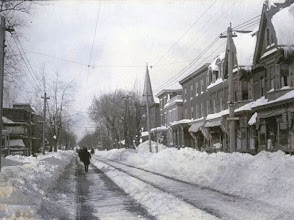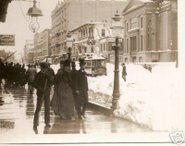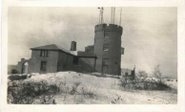Winter '11 / '12 - Arctic Oscillation - Day One
The Arctic Oscillation (AO) index continues to stick its thumb in the eye of east coast winter weather enthusiasts by climbing to more than three standard deviations above 'normal' in its 7-day moving average.
Today...on the 1st day of meteorological winter...the AO/s daily value stands at 4.830!
There are 19 other days during the AO/s period-of-record beginning in 1950 where the index has been at least as high.
Hyper-AO appears to favor weakly positive ENSO and weakly negative PDO. QBO swings both ways although there is some preference to its negative state. No apparent association with this year's conditions b/c ENSO is moderately negative.
Just out of idle curiosity...various length running means of the AO index for the first day of meteorological winter (D-J-F) is shown below.
Not sure what...if anything...this reveals about the AO other than the first day of winter...during the '90s...the northern annular mode was generally above zero and during all other periods...it was generally below zero. The '90s were a time of numerous el Niños and a PDO in its positive phase. (corrected chart 12/10).
There is no indication in the latest 10-day forecasts for the polar vortex at 10 mb to weaken (west winds observed currently +170 kts INVOF AK) or the development of hi-latitude blocking. In fact...today/s ECMWF 10 mb forecast has the PV wind speed increasing to 220 kts by D+10.
There is no indication in the latest 10-day forecasts for the polar vortex at 10 mb to weaken (west winds observed currently +170 kts INVOF AK) or the development of hi-latitude blocking. In fact...today/s ECMWF 10 mb forecast has the PV wind speed increasing to 220 kts by D+10.


























No comments:
Post a Comment